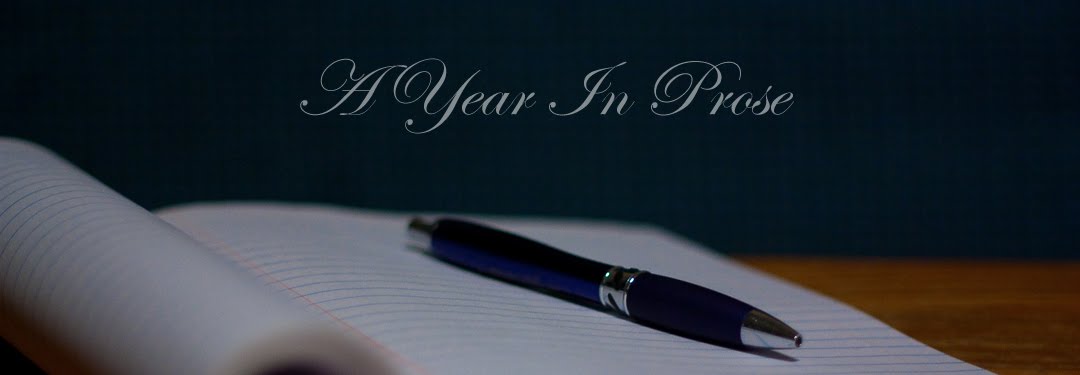Element - 405
Ben Azevedo
Chapter 1
The wind roared around Building A with as much fury as it could muster. The tornado was close now, and its vicious fingers were searching for a hold, any hold, to tear down the offending building. Building A leaned gracefully on its counterpart (Building B) and appeared unconcerned. Its graceful contour and symbiotic design with Building B was intended to withstand the very winds that tore at its surface almost daily. The two buildings were spaced roughly one hundred yards apart, and arched gracefully towards each other for their entire 347-foot height. Their outward surface appeared to be made of solid steel, polished to a mirror finish, and without a single blemish visible to the human eye.
Building A was, itself, one of hundreds of residential buildings in Suburb 3 of New Chicago. If the Windy City had been considered windy before, its successor put it to shame. Element was barely a habitable planet, and the few places on its surface that could support human life were plagued by almost ridiculously exaggerated renditions of weather on Earth. Like any other obstacle, though, humanity had risen to the challenge. The particular design of Suburb 3 was courtesy of one of New Chicago’s finest architects, Sam Bullinger. He had arranged all of the building pairs at different angles throughout the district, much to the annoyance of road planners and mapmakers. Each arched building was slightly unique as well, which irritated James Gavey, the detail oriented mayor of New Chicago. That is, until the first storm of the season arrived. As the first winds blasted through Suburb 3 of New Chicago, the residents were surprised to hear music playing. It was only after the storm that everyone realized Sam had designed the buildings to funnel the air into a musical masterpiece.
Building A, as one might imagine, was the first building of Suburb 3 in New Chicago. Consequently, it was the closest to the city proper. Though it was too dangerous to have window openings during the stormy season, the view that one might have enjoyed from Building A was spectacular. Downtown New Chicago would have been designed with the same dreams as Old Chicago (tall, taller, tallest) were it not for the nature of Element. Instead, the height of New Chicago was curbed by the need to interrupt spires with counter-spires, towers with grand arching supports, and a uniform use of the same polished steel material.

No comments:
Post a Comment